London based Italian Rossella Vanon has spent more than a decade in the cultural melting pot that is the British capital. During this time she’s been making her way as one of UK’s most renowned photographers and photography teachers in her field. We asked her how she developed her own style and what’s so fascinating about shooting beauty photography.

Believe it or not, but when Rossella Vanon began her career she mainly shot nature macro and landscapes. But shooting still life became too safe and Rossella dove into the unknown, but exciting, world of people photography.
“I first started experimenting with fashion and beauty in 2010, but they were more ‘styled portraits’, filled with experimentation and trial and error rather than actual fashion or beauty shoots. That year was an important transition period for me.”
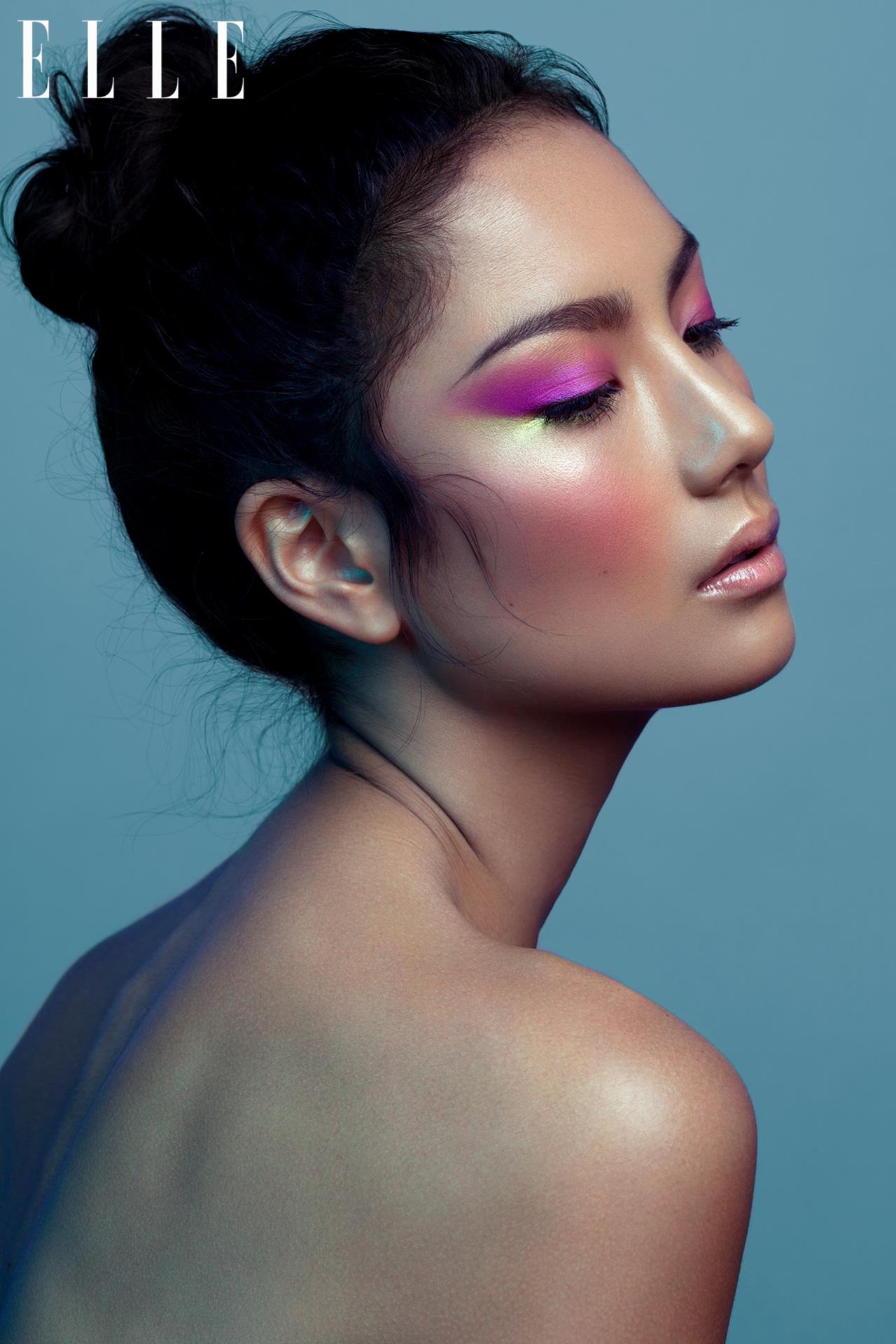
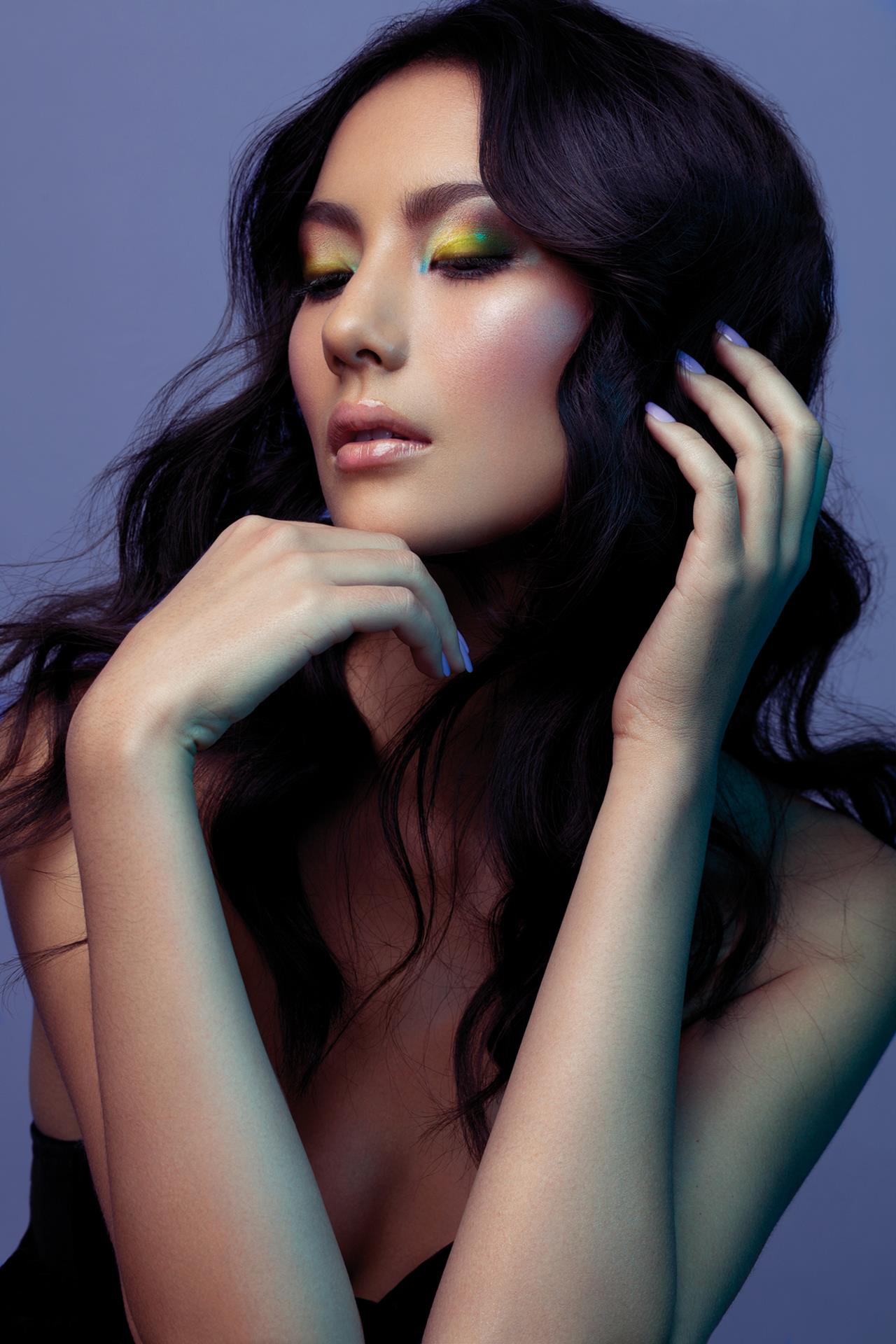
So, what is it about fashion and beauty photography that she finds intriguing?
“Without a doubt, the creation process of a shoot. I adore the actual moment of photographing, when styling and lighting have all been set up and it’s all about capturing perfection.”

Rossella believes that ‘personal style’ comes with time by shooting what one loves.
“At the start of my journey into photography, I experimented with different things and there was very little common ground between my images. But I kept on shooting what I liked, allocating a lot of time to personal projects to make sure my portfolio showed not only my images, but my vision too, hoping it would one day become a cohesive body of work and, eventually, it did.”

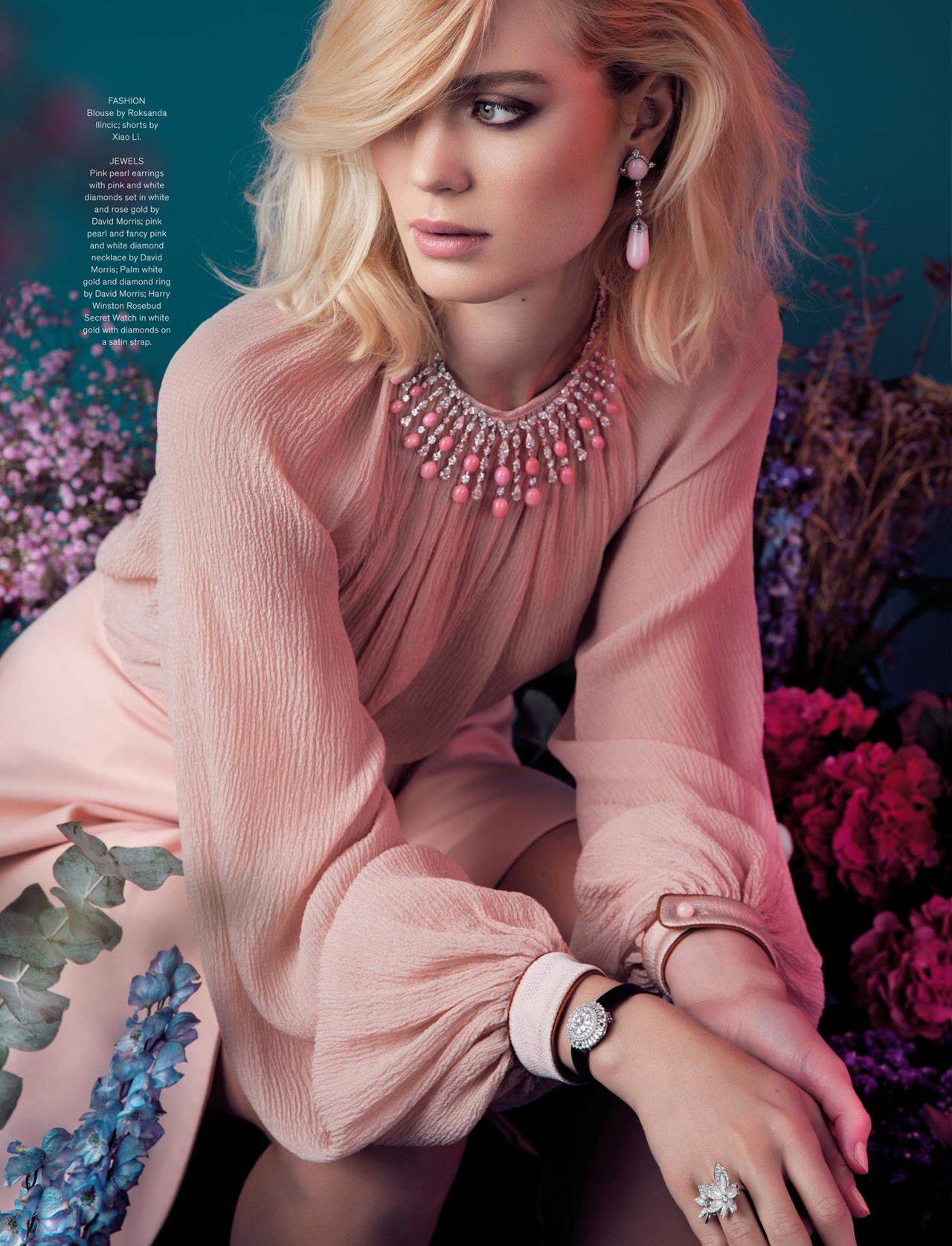
Nowadays, she says, she knows where her heart is, and has narrowed down what and how she photographs. When asked about the trials of shooting beauty Rossella replies that time and consistency definitely are the two biggest challenges on set.
“On fashion and beauty shoots, there are always a lot of changes of clothes, hair & makeup and other elements. A photographer needs to make sure that all these changes present enough of a variation from one another, but at the same time don’t stray too much away from the general feel and theme of the project.
“I spent a great amount of time taking care of the production and art direction of the shoot, which most of the time allows me to be the one in charge of choosing subjects, lighting, colors and many other important elements that I can make my mark on.”

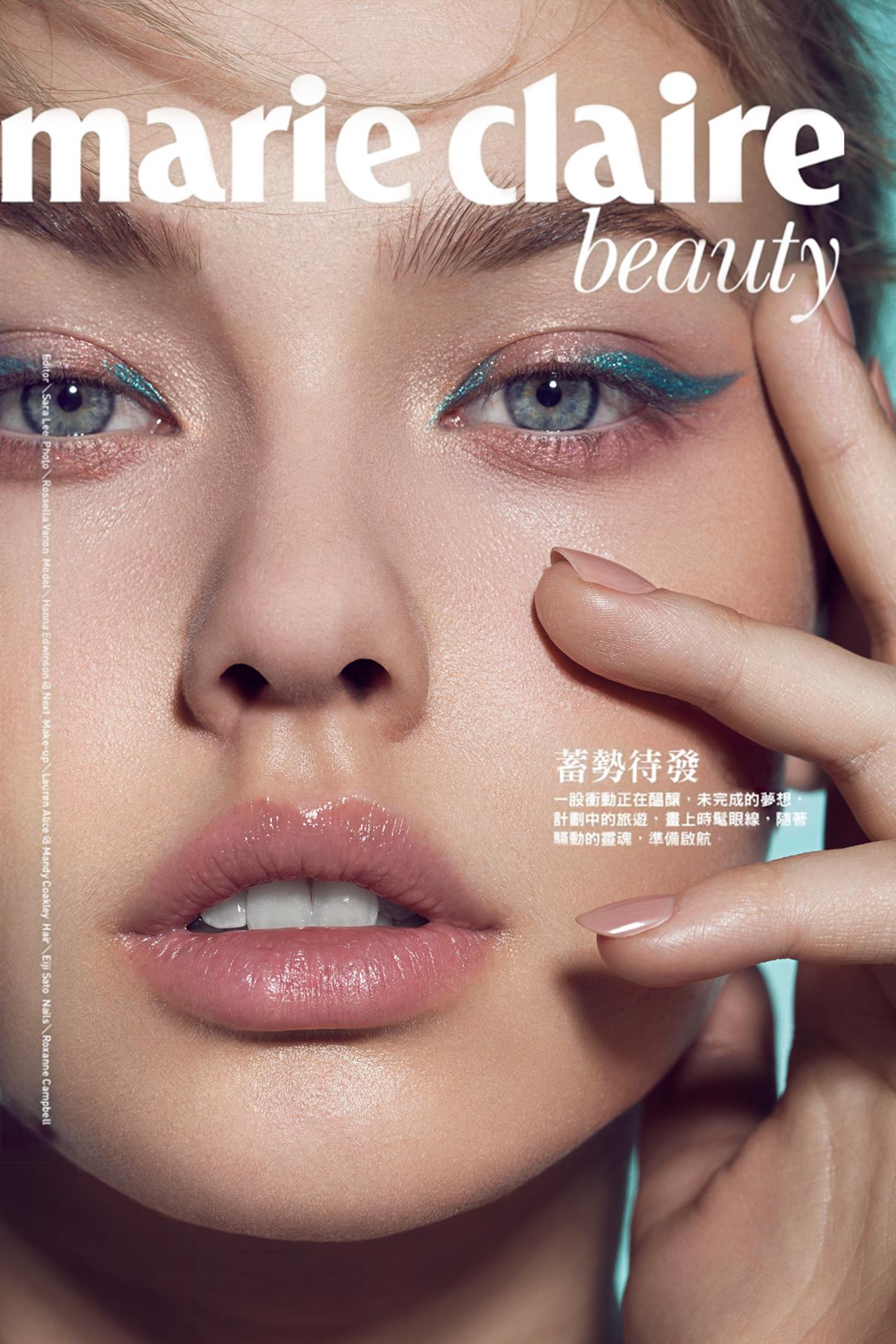
Her least favorite part of a project however is the logistics before the shoot: getting the team together, arranging locations, studios or permissions, transport, premises for the model to change in etc.
“That’s when I usually wish I had hired a producer.”
But this is also where the brainstorming happens and mood boards come together, which is one of her favorite stages of the process.

Rossella explains that she prefers to be “super-prepared” and always makes a plan of action before a shoot.
“If there is one thing I’ve learnt over ten years in this industry it’s that planning is great, but knowing how to work when plans fall apart is even better!”

Lighting is one of her favorite things to plan and execute. She doesn’t have a standard setup and instead prefers to experiment with equipment and effects.
“Sometimes my setups consist of one light, sometimes six. When done well, lighting becomes the glue that keeps all the other elements together, allowing the images to tell a clear story, drawing the viewer in. That is what I aim for on every shoot.”

Rossella usually shoots with Profoto monolights in her studio. Recently she started to use the D2.
“Flash allows me to work in the comfort of my studio and yet recreate natural light in all of its shades and more.
“The Profoto D2 is fast and reliable and the color temperature keeps consistent throughout the entire day, which is ideal for shoots where color is such a key element as in beauty photography.
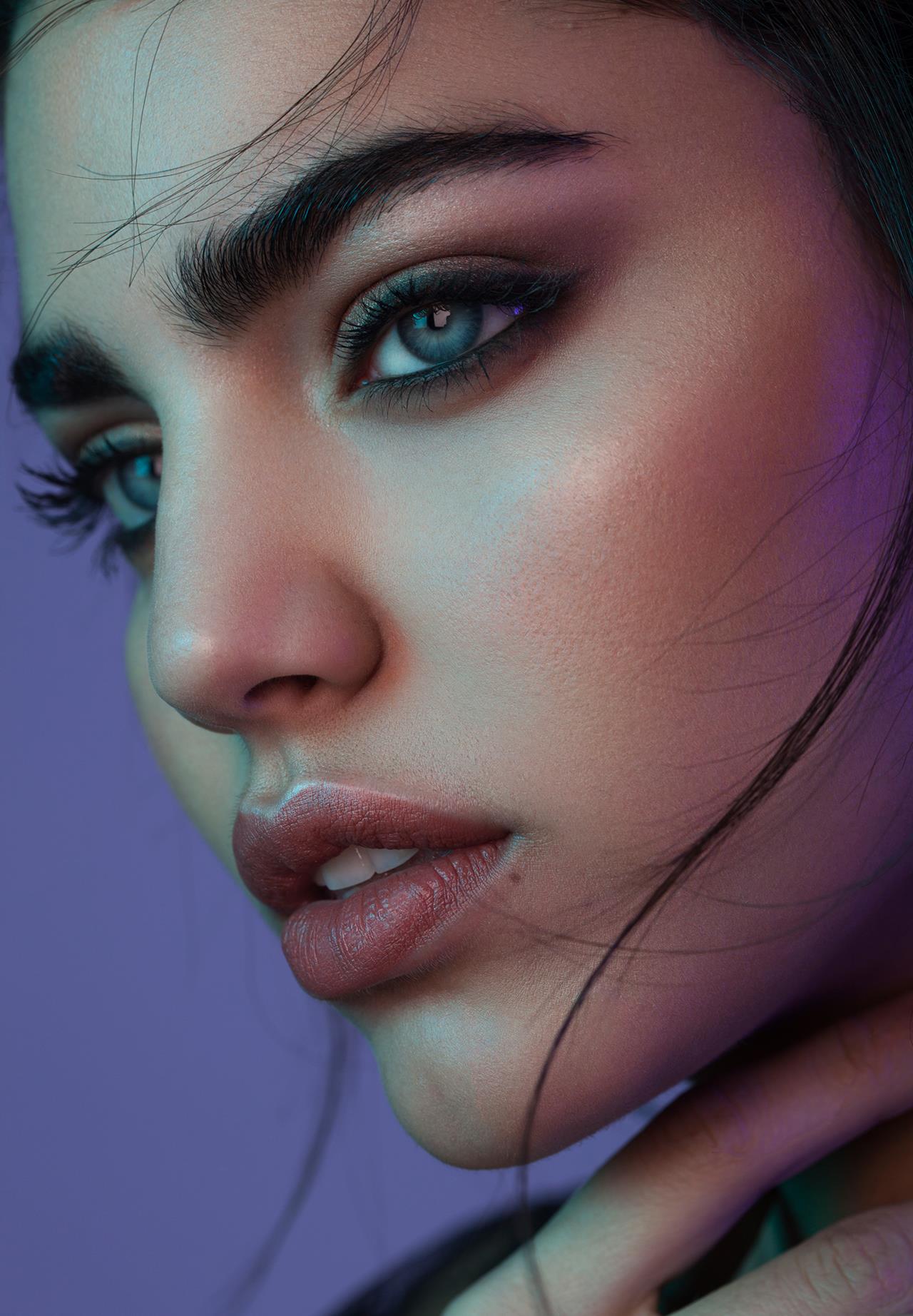
“When I use Profoto, I always get the feeling that they are lights made by photographers for photographers. They are so intuitive and functional they make lighting easier, and I can create exactly what I want.
“It is true that equipment doesn’t make a photographer, but being able to fully concentrate on our photography, without the distractions of complicated or unreliable equipment, certainly does.”
